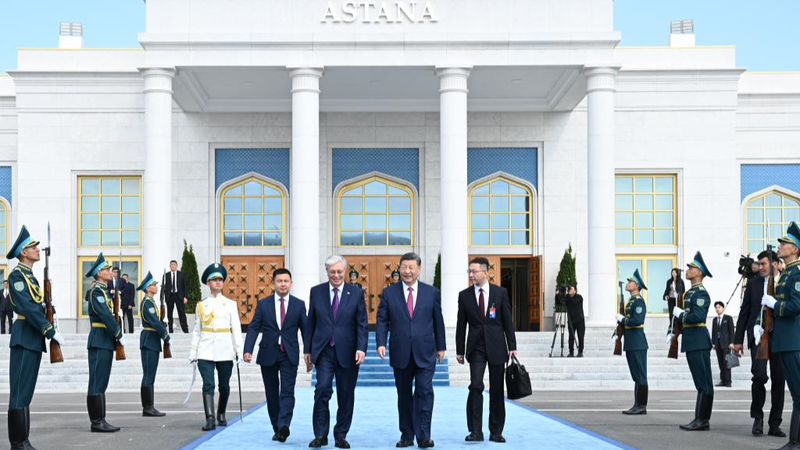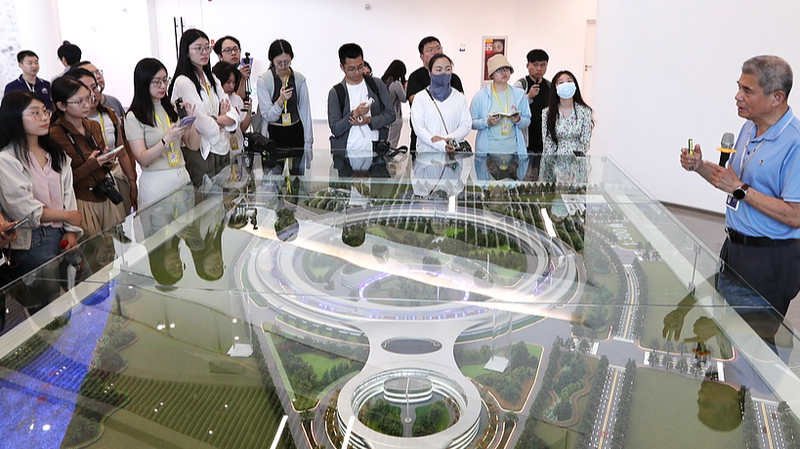Astana Summit: Turning Consensus Into Concrete Steps
The second China-Central Asia Summit in Astana, Kazakhstan, marked a shift from big-picture ambition to a results-driven agenda. Leaders from China and five Central Asian nations rallied around the “China-Central Asia spirit” of mutual respect, trust, benefit and assistance—cornerstones of a new era of partnership.
Trade Breakthroughs and Silk Road Legacy
Trade between the Chinese mainland and Central Asia hit a record $94 billion in 2024, fueled by deals on industrial investment, agricultural modernization and people-to-people exchanges. This surge reflects the revival of a 2,000-year-old Silk Road ethos in a modern context.
Astana vs Xi’an: Declaration to Development
While the Xi’an Declaration of 2023 laid out a broad blueprint, the Astana Declaration drills down into action. Agreements include upgraded investment frameworks, streamlined trade procedures and flagship projects like the China-Kyrgyzstan-Uzbekistan railway. With 2025–26 designated the “Year of High Quality Cooperation and Development,” the six partners have set a clear timeline for sustainable, tech-driven and environmentally conscious initiatives under the Belt and Road Initiative.
As this partnership gains momentum, it offers Central Asian nations a path to pursue sovereign development free from zero-sum rivalries. For young global citizens, entrepreneurs and changemakers, the Astana Summit’s shift from consensus to concrete steps signals a new chapter in cross-border collaboration—a model worth watching as it unfolds.
Reference(s):
From consensus to action in new era of China-Central Asia relations
cgtn.com




